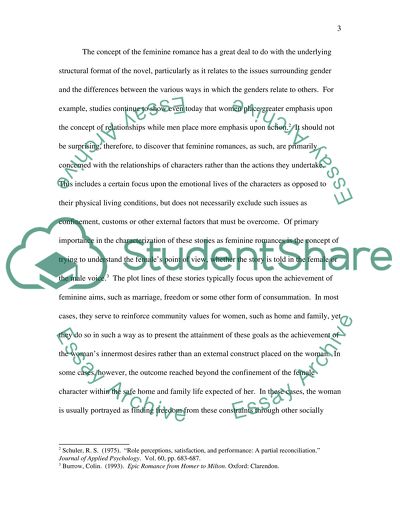Cite this document
(Feminine Romances of Chaucer Essay Example | Topics and Well Written Essays - 2500 words, n.d.)
Feminine Romances of Chaucer Essay Example | Topics and Well Written Essays - 2500 words. Retrieved from https://studentshare.org/literature/1540360-chaucer-writes-a-feminine-kind-of-romance-burrow-discuss-with-reference-to-3-canterbury-tales
Feminine Romances of Chaucer Essay Example | Topics and Well Written Essays - 2500 words. Retrieved from https://studentshare.org/literature/1540360-chaucer-writes-a-feminine-kind-of-romance-burrow-discuss-with-reference-to-3-canterbury-tales
(Feminine Romances of Chaucer Essay Example | Topics and Well Written Essays - 2500 Words)
Feminine Romances of Chaucer Essay Example | Topics and Well Written Essays - 2500 Words. https://studentshare.org/literature/1540360-chaucer-writes-a-feminine-kind-of-romance-burrow-discuss-with-reference-to-3-canterbury-tales.
Feminine Romances of Chaucer Essay Example | Topics and Well Written Essays - 2500 Words. https://studentshare.org/literature/1540360-chaucer-writes-a-feminine-kind-of-romance-burrow-discuss-with-reference-to-3-canterbury-tales.
“Feminine Romances of Chaucer Essay Example | Topics and Well Written Essays - 2500 Words”, n.d. https://studentshare.org/literature/1540360-chaucer-writes-a-feminine-kind-of-romance-burrow-discuss-with-reference-to-3-canterbury-tales.


